We tested the new iPhone 17 charging speed: here are the numbers
A much anticipated upgrade in charging speeds means a 30-minute top-up is now enough to get you through a day of use.
This article may contain personal views and opinion from the author.

One of the most unexpected and exciting changes in the iPhone 17 series was Apple finally adding fast charging.
For years (heck, decades!), Apple has only supported slow charging speeds, officially listing 20W support on its web page.
With the new iPhone 17 family, we now get support for speeds of up to 40W when you charge with a cable. The good news is that this is not a feature reserved only for the Pros — it will work on the vanilla iPhone 17 as well. The super slim iPhone Air, however, is still limited to 20W charging.
Here is the quick breakdown per model:
- iPhone 17 Pro/Pro Max — up to 40W wired charge
- iPhone Air — up to 20W
- iPhone 17 — up to 40W
It's also important to remember that while other companies like Xiaomi and OnePlus often support faster charging speeds, they use proprietary standards, while Apple sticks with the industry-wide standard of USB-C PD (Power Delivery).
In practice, this means that if you buy a third-party charger like ones from Anker, Ugreen or others, you will have better compatibility with an iPhone or a Galaxy that use the USB-C PD standard than with Xiaomi or OnePlus phones.
One significant detail worth mentioning here is that Apple has adopted the latest USB PD 3.2 standard, and specifically a new protocol that comes mandatory with it called AVS. We will explain what this means towards the end of this article, but first, let's see the charging test results.
iPhone 17 wired charging speed test
| iPhone 17 | iPhone Air | iPhone 17 Pro | iPhone 17 Pro Max |
|---|---|---|---|
| 15 mins: 38% | 15 mins: 31% | 15 mins: 39% | 15 mins: 38% |
| 30 mins: 67% | 30 mins: 54% | 30 mins: 67% | 30 mins: 64% |
| 45 mins: 82% | 45 mins: 71% | 45 mins: 82% | 45 mins: 81% |
| Full charge: 1 hour 16 minutes | Full charge: 1 hour 36 minutes | Full charge: 1 hour 16 minutes | Full charge: 1 hour 16 minutes |
iPhone 17 vs iPhone 16 charging speed comparison
As you can see above, this is a noticeable step up compared to the iPhone 16 family.
In 30 minutes, you can get back 67% charge on the iPhone 17 Pro, compared to 58% on the 16 Pro. A full charge now takes around 1 hour and 15 minutes on the new iPhones, while it took around 1 hour and 40 minutes previously.
Do you need the new Dynamic Power Adapter to get the fastest charging speeds?
Along with the launch of the iPhone 17 series, Apple also introduced a new $40 compact single-port USB-C charger that it calls the 40W Dynamic Power Adapter with 60W Max.
This charger is only available in a few markets, including the US, but it's not sold in most countries across the globe yet (it's not available in the UK or Europe for example).
The interesting thing about this charger is that dynamic part. We also like that Apple labels this a 40W charge with the option to go up to 60W max, but not maintain that speed for a long time. We feel like that is a more honest representation of the charger capabilities than other third-party chargers that would just have labeled this a 60W charger.
So why is it not a 60W charger? Redditor privaterbok tested this new Apple charger and measured that it can charge a larger device like a power station at 60W speeds for about 18 minutes, and then it throttles back to 40W speeds.
Okay, but do you need this new Apple dynamic adapter to get fast charging on the iPhone 17 series?
Not really. While you do get a tiny bit faster speeds with it, you can also use any USB-C PD charger that reaches 40W and get very similar results.
We tested four such chargers:
- Samsung 45W charger
- Spigen ArcStation ProGan 65W
- Baseus PicoGo 45W
- Asus ROG Phone 65W charger
Our power meter showed that all of those chargers hit around 36W charging speed with the new iPhone 17 models.
USB-C PPS vs AVS
If you really want to get technical, we should dive just a step deeper.
Most current USB-C PD chargers use an older protocol called PPS (Programmable Power Supply), which is also supported on most Android flagships. With the iPhone 17 series, Apple uses a slightly different standard calls AVS (Adjustable Voltage Supply). AVS is newer and mandatory for fast charging device as part of the USB PD 3.2 standards, while PPS is optional.
Both PPS and AVS help get fast charging speeds, but in slightly different ways. PPS is optimized for fast charging smaller devices with dynamic fine-grained real-time voltage adjustments, while AVS focuses more on stable voltages and safety, with smoother transitions and it is also optimized for corrosion mitigation.
Back to the iPhone 17, it only supports AVS, but it does NOT support PPS. So if you pair the iPhone 17 with a PPS charger, it will typically fall back to the USB-C Power Delivery 3.0 charging steps. It will still fast charge, but it won't benefit from the PPS-specific optimizations that you get on many Android flagships. So the main thing you lose is the programmable voltage adjustments that PPS allows.
Follow us on Google News



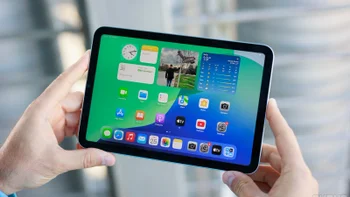
![Some T-Mobile users might be paying more starting in March [UPDATED]](https://m-cdn.phonearena.com/images/article/176781-wide-two_350/Some-T-Mobile-users-might-be-paying-more-starting-in-March-UPDATED.webp)
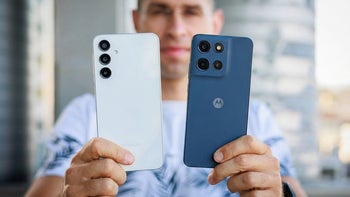
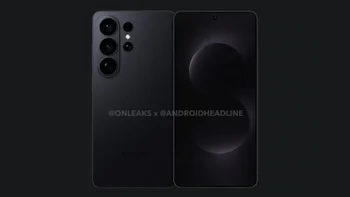
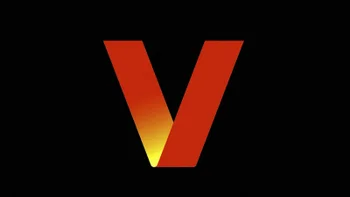
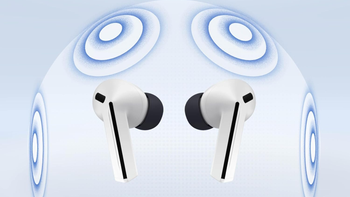
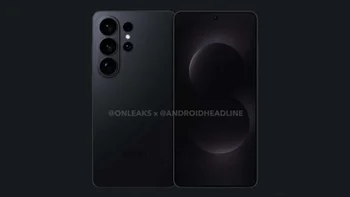

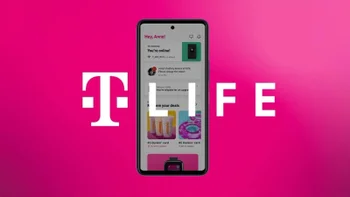
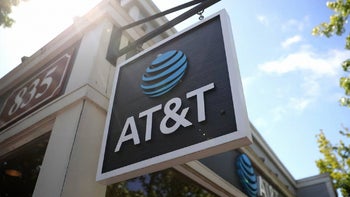
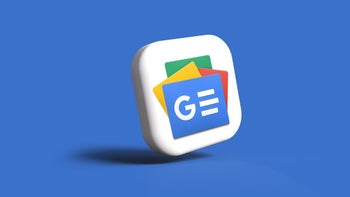
Things that are NOT allowed:
To help keep our community safe and free from spam, we apply temporary limits to newly created accounts: